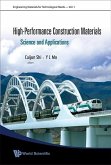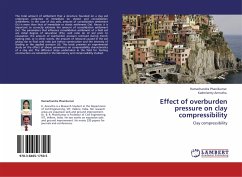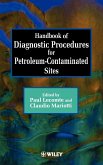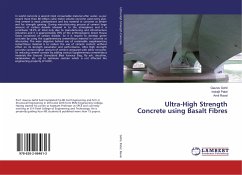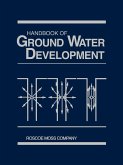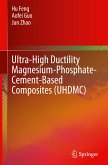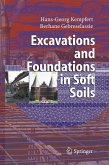The formation of an alluvial clay deposit normally goes through sedimentation and consolidation. While the bottom portion is undergoing self-weight consolidation, sedimentation continues to take place at the top. However, the compression behavior of such deposits upon loading is not well understood.This book describes the compression behavior of ultra-soft soil upon additional load application. Various types of laboratory compression tests suitable for this type of soil are discussed, such as tests using small- and large-scale consolidometers, hydraulic Rowe cells under different drainage conditions, constant rate of loading and constant rate of strain tests. It also explains how to determine the transition point, which differentiates the two distinct behaviors between slurry state and soil state deformation. Methods to determine the compression indices and coefficients of consolidation at different stress ranges, which are required for the prediction of magnitude of settlement and time rate of settlement, are developed. An equation for predicting settlement of ultra-soft soil in both the slurry and soil stages is elaborated upon. These proposed methods of characterization or analyses ¿ which are validated against published data, laboratory measurements and a case study ¿ serve as useful tools for designing and constructing embankments and for carrying out land reclamation on ultra-soft soil.
Hinweis: Dieser Artikel kann nur an eine deutsche Lieferadresse ausgeliefert werden.
Hinweis: Dieser Artikel kann nur an eine deutsche Lieferadresse ausgeliefert werden.


